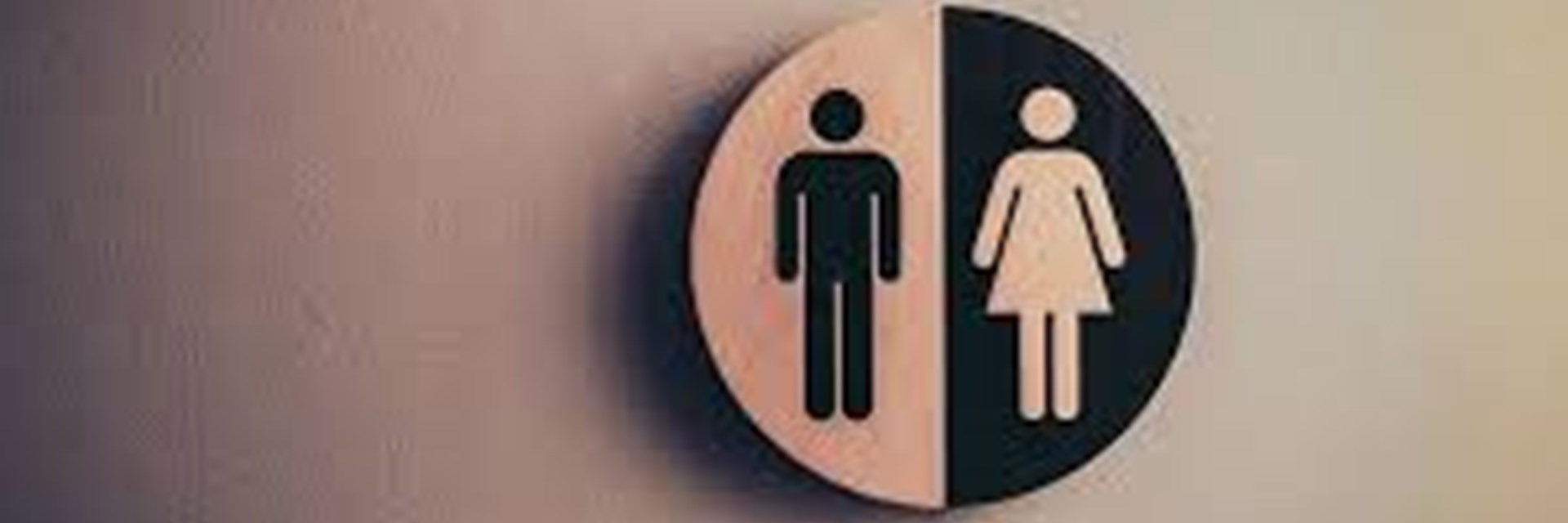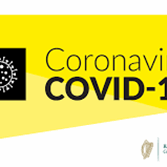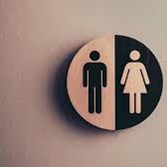Overactive Bladder: Tips and Tricks
August 29, 2020 by Old Bawn Clinic
4 tips to help you control an overactive bladder WHICH IMPROVES INCONTINENCE!
- Urge Suppressant Techniques: Urge suppression techniques are a method of avoiding panicking so that you have control over your bladder instead of your bladder taking control over you. Distraction: by distracting your attention away from the urge you may be able to overcome it. Count backwards, remove yourself from the situation/environment, and engage is a difficult task.Pelvic floor contraction: active use of the pelvic floor muscles for urge suppression. This lets you increase the intervals between each void so retraining the bladder.
- Controlling the causes of the overactive bladder: If urine is passed too frequently, the bladder does not stretch to its normal capacity. ‘Going to the toilet just in case’- this habit is one of the main reasons that OAB occurs. We confuse the bladder and empty it too often that its shrinks in size. Therefore when the smaller bladder fills, even with a small amount of fluid, this stimulates the bladder to empty again.
- Not giving into urges!! Triggers- a lot of people find a certain situation or activity would make them feel they need to urinate. For example, turning the key in the door or running water. We refer to this as FALSE SIGNALS! The bladder actually doesn’t need to empty; it’s just irritated and confused.
- Pay attention to your diet: Caffeine: caffeine irritates the bladder and creates ‘false urges’ therefore causing and contributing to OAB. Substitute for decaffeinated or reduce the amount, especially before bedtime.Hydrate: try to consume at least 1.5 litres of water a day (6-8 mugs). Or use the rule ‘DRINK TO THIRST’.Other types of drinks to be aware of: Avoid/reduce fizzy drinks and alcohol. Tea & Green tea contains caffeine. Hot chocolate & citrus juice also irritates the bladder lining. Foods: such as tomatoes, citrus fruits, and chocolate can irritate the bladder and cause over stimulation.




